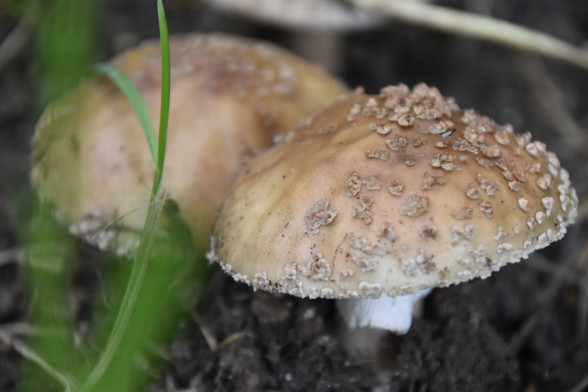
Marsh Mushroom /Amanita/
Marsh mushrooms constitute a diverse genus encompassing approximately 700 species of gilled mushrooms within the family Amanitaceae. In Latvia, 19 distinct species from this genus have been identified.
Characterized by medium to large-sized caps that exhibit vibrant colors, these mushrooms often retain remnants of the universal and partial veil, appearing as warts, patches, or occasionally as a volva. The cap's shape varies from convex to flat, and the gills are soft, typically white but occasionally faintly yellow, and free.
One notable representative of this genus is fly agaric (Amanita muscaria), recognized for its distinctive red cap adorned with white spots.
Species found in Latvia:
● Pale Fly Agaric
● White Fly Agaric
● Warty Fly Agaric
● Brown Fly Agaric
● Yellow Fly Agaric
● Elijas Fly Agaric
● Panther Fly Agaric
● Grey Fly Agaric
● Red Fly Agaric
● Blushing Fly Agaric
● Violet-brown Fly Agaric
● Green Fly Agaric
Most of the fly agaric mushrooms growing in Latvia are poisonous, especially the green and white fly agarics, which belong to the world's most poisonous mushrooms. They contain a complex of various toxins, with the most dangerous component being alpha-amanitin, causing irreversible damage to the liver and kidneys, often resulting in death.
Half of the cap of a green fly agaric contains a lethal dose for an adult, so even accidentally cooking parts of these decomposed mushrooms together with other mushrooms can be fatal.
If you have doubts about a specific mushroom while foraging, it is better not to take the risk and leave it behind.

